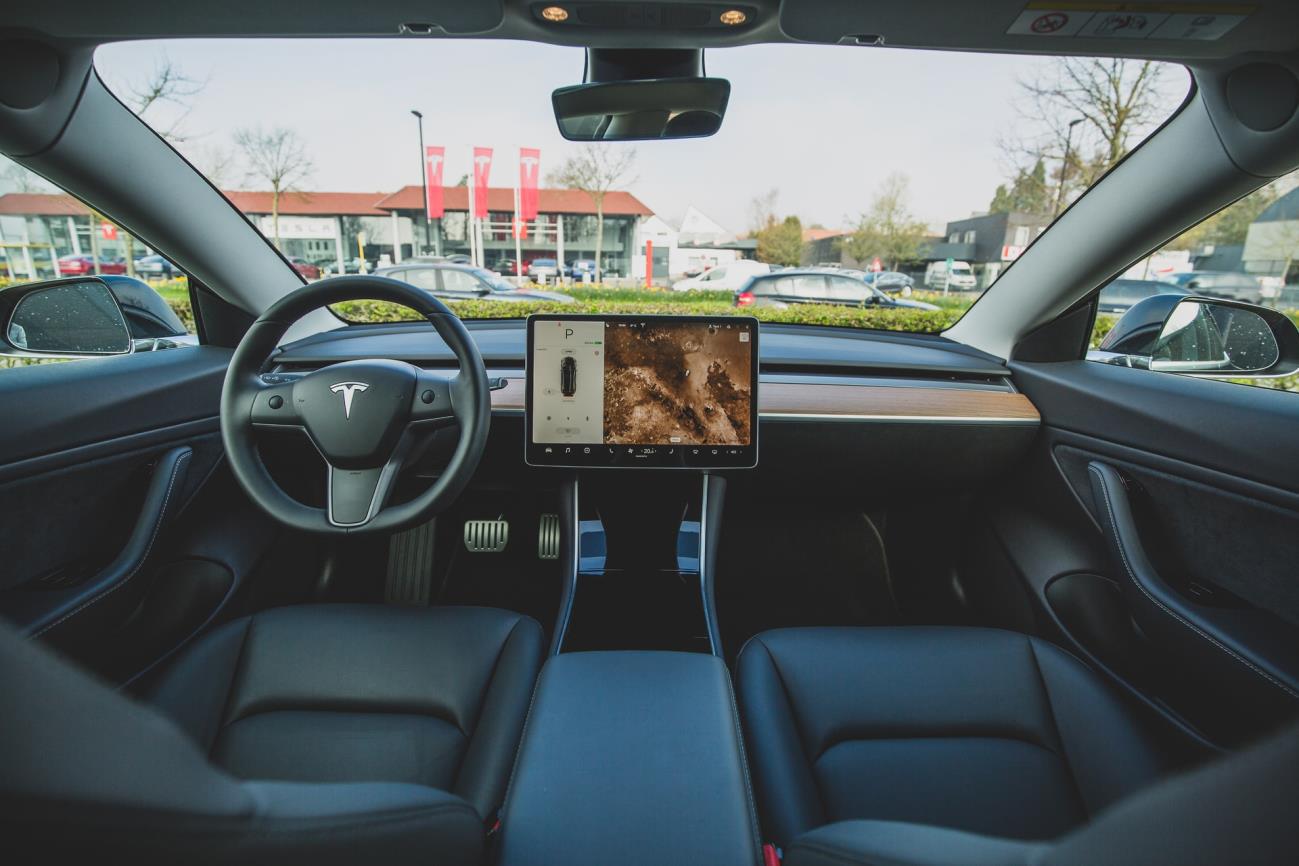
Cars can literally drive themselves, so does that shift personal responsibility when it comes to auto accidents and personal injury claims? If safety technology fails, does that absolve drivers of fault when it comes to wrecks? What happens when tech meant to improve safety actually causes an accident? Is the driver or the manufacturer at fault?
Self-Driving Cars
Tesla’s auto-pilot technology is revolutionary. Under certain conditions, drivers can set a route and let their vehicle take over. But it’s not foolproof. At least 11 deaths have occurred when drivers gave their Tesla a little too much free reign, and there are additional ongoing safety probes.
Safety Tech Drivers Rely on Every Day
Even if you don’t have a car with auto-pilot technology, most late model vehicles are equipped with safety tech was just in its infancy a decade or so ago. Some of these features include:
- Backup cameras – They come standard in most new vehicles, but what happens when drivers rely on the screen and fail to notice pedestrians or traffic just outside of view?
- Blindspot warnings – This feature provides a warning sound, light or vibration when a vehicle is in the driver’s blind spots. However, it doesn’t replace vigilance.
- Lane departure warnings – Vehicles “assist” drivers in staying on course by notifying them if they start to drift without using their turn signal.
- Automatic emergency brakes – If equipped vehicles sense an obstruction in the road ahead, they’ll brake automatically. It can prevent crashes, but shouldn’t be the only line of defense.
- Adaptive cruise control – This type of cruise control senses vehicles ahead of you and adjusts set speed as needed. It’s great for long drives, but isn’t a substitute for an attentive driver.
Liability When In-Car Tech Fails to Prevent an Accident
Automatic braking systems have prevented untold collisions. Lane assist technology has corrected drivers who are distracted or falling asleep who might otherwise have caused a wreck. Blind spot warnings point out dangers that could otherwise go unnoticed. But who is at fault when that technology exists and the driver still gets in a wreck?
If there’s a rear-end collision, is it the driver’s fault or because the automatic emergency brakes didn’t activate? When one driver collides with another changing lanes, how do they know if a blind spot monitoring malfunction is to blame?
The thing is, in-car tech makes driving safer, but it doesn’t remove driver responsibility. When a person gets behind the wheel, he or she is agreeing to stay in control of their vehicle at all times, preventing injury to passengers and other drivers.
It’s never okay to turn braking or staying in your lane over to your vehicle and take your attention away from the road. Use vehicle safety and convenience features to improve your driving experience, but always drive defensively and avoid becoming distracted.
Vehicle Equipment Malfunctions and Personal Injury
You shouldn’t leave driving to your car, but sometimes vehicle equipment failures can lead to car accidents. If your brakes, steering, anti-lock brakes or other systems failed and contributed to your car wreck, the vehicle manufacturer or retailer could potentially be held liable, but you’ll need an experienced lawyer to handle your case. Click here to schedule your free personal injury consultation today.

